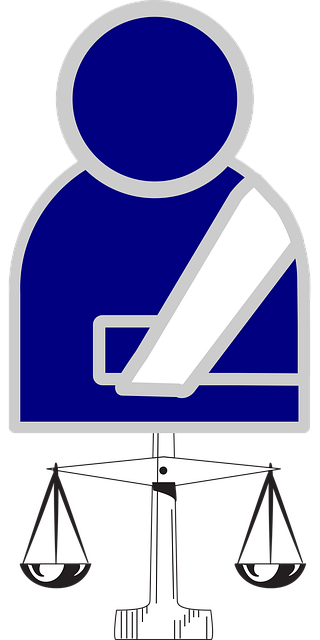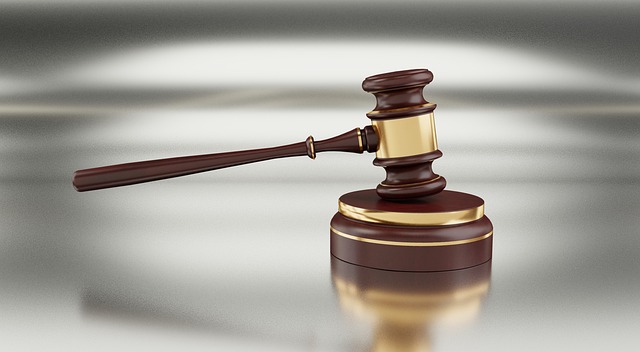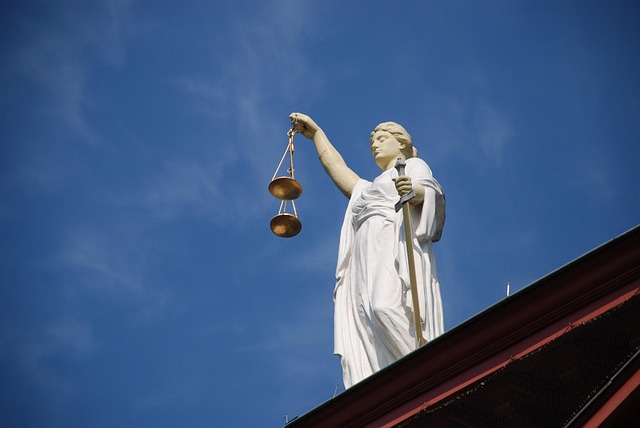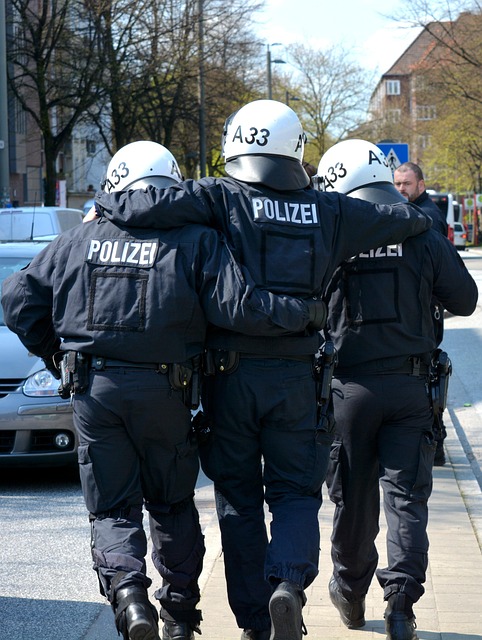Understanding pedestrian accident liability is crucial for ensuring justice in cases involving drunk driving. When a driver operates under the influence, they face severe legal consequences and significantly increase their risk of causing accidents with pedestrians. Liability determination involves negligence, traffic rule violations, or complex scenarios, and employers may be held responsible through business litigation if training or supervision were inadequate. The impact extends beyond physical injuries to emotional distress and financial burdens, making comprehensive understanding vital for fair compensation. Pedestrians injured in such incidents must navigate a complex process, requiring knowledge of their rights under pedestrian accident liability laws to hold drivers accountable.
In cases of drunk driving, understanding pedestrian accident liability is crucial for ensuring justice and compensation for victims. This article delves into the intricate legal aspects surrounding these accidents, focusing on the responsibilities and implications for drivers. We explore how courts interpret pedestrian accident liability, especially in situations where alcohol impairment is a factor. By understanding these principles, both individuals and legal professionals can navigate the system effectively, aiming for fair outcomes for all involved.
- Understanding Pedestrian Accident Liability
- Drunk Driving: Legal Implications and Responsibilities
- Navigating Compensation and Justice for Pedestrians
Understanding Pedestrian Accident Liability

In cases of drunk driving, understanding pedestrian accident liability is paramount to ensuring justice and accountability. When a driver operates under the influence, they not only pose a risk to other vehicles but also to pedestrians who may be crossing the street or using sidewalks. In such incidents, determining liability involves considering various factors beyond the obvious guilt of the intoxicated driver. Pedestrian accident liability in drunk driving cases often revolves around negligence and the specific circumstances surrounding the collision.
Negligence is typically established by proving that the driver breached their duty of care, which arises from state laws and traffic regulations. This breach can manifest as a violation of traffic rules, such as speeding or running a red light, or through more complex scenarios where a driver’s actions—or inactions—lead to an accident. In some cases, business litigation may arise if the driver was employed and their employer failed to ensure proper training or supervision, leading to car accident injuries involving pedestrians. The impact on victims extends beyond physical injuries; it can also include emotional distress and financial burdens, making a comprehensive understanding of liability crucial for fair compensation.
Drunk Driving: Legal Implications and Responsibilities

Drunk driving is a serious criminal offense with significant legal implications. In many jurisdictions, it’s considered a form of reckless endangerment, carrying harsh penalties including fines, license suspension, and even imprisonment. When a driver operates under the influence, they not only put themselves in danger but also pose a severe risk to others on the road, particularly pedestrians. This increases pedestrian accident liability for the drunk driver, as their actions can lead to severe car accident injuries or even fatalities.
Beyond criminal consequences, individuals found guilty of drunk driving may face civil lawsuits, including homeowner insurance claims related to property damage or personal injury. Victims of such accidents, whether they suffer from medical negligence or not, have the right to seek compensation for their losses. This includes coverage for medical expenses, rehabilitation costs, and pain and suffering. Understanding these legal ramifications is crucial in navigating the complexities of pedestrian accident liability cases involving drunk driving.
Navigating Compensation and Justice for Pedestrians

In the aftermath of a pedestrian accident caused by drunk driving, navigating compensation and justice can be complex. Pedestrians who suffer injuries or loss due to such incidents often face significant challenges in seeking redress. Understanding their rights under pedestrian accident liability laws is crucial. These laws hold drivers accountable for their actions and provide a legal framework to ensure victims receive fair compensation for medical expenses, pain and suffering, and other related damages.
Elder abuse and medical malpractice, while distinct issues, can sometimes intersect with drunk driving cases involving pedestrians. In situations where the victim is an elder or has pre-existing health conditions exacerbated by the accident, seeking justice becomes even more multifaceted. Partnership disagreements may also arise between family members or legal representatives when pursuing compensation for such incidents. Effective navigation of these complex scenarios requires meticulous legal strategy and a deep understanding of relevant laws governing pedestrian accident liability.
Pedestrian accidents caused by drunk drivers raise complex issues of liability. Understanding these dynamics is crucial for both victims seeking justice and legal professionals navigating these cases. In terms of pedestrian accident liability, it’s clear that drunk driving carries significant legal repercussions. As previously mentioned, compensation and closure for victims are achievable through knowledgeable representation and a thorough understanding of the law. Remember that, in light of the above, staying informed about your rights is essential when pursuing justice for injuries sustained in such incidents.





